The Horus Child (Sun at the horizon in the east) pointed to his mouth, which probably was a sign that he was hungry. And so did Heka the Magician (λ Orionis): ... The Egyptian god Heka was a magician (sorcerer). The version below has his right forefinger pointing to his mouth:
... a great step in advance has been taken when a speical class of magicians has been instituted; when, in other words, a number of men have been set apart for the express purpose of benefiting the whole community by their skill, whether that skill be directed to the healing of diseases, the forcasting of the future, the regulation of the weather, or any other subject of general utility. The impotence of the means adopted by most of these practitioners to accomplish their ends ought not to bind us to the immense importance of the institution itself. Here is a body of men relieved, at least in the higher stages of savagery, from the need of earning their livelyhood by hard manual toil, and allowed, nay expected and encouraged, to prosecute researches into the secret ways of nature. It was at once their duty and their interest to know more than their fellows, to acquaint themselves with everything that could aid man in his arduous struggle with his life. The properties of drugs and minerals, the causes of rain and drought, of thunder and lightning, the changes of the seasons, the phases of the moon, the daily and yearly journeys of the sun, the motions of the stars, the mystery of life, and the mystery of death, all these things must have excited the wonder of these early philosophers, and stimulated them to find solutions of problems that were doubtless often thrust on their attention in the most practical form by the importunate demands of their clients, who expected them not merely to understand but to regulate the great processes of nature for the good of man ... For the moment I am unable to recall the origin of the Heka picture above and my statement that he was a magician. However I recall Hekate. We should never ignore similarity between words. However, when the Sun reached the star Gienah in the Corvus constellation (Gb3-14 → π)
it would be at the September equinox,
and from there to the culmination (at 21h) of the star named Heka there would be 22 (→ π) days. ... The secret sense of 22 - sacred numbers were never chosen haphazardly - is that it is the measure of the circumference of the circle when the diameter is 7. This proportion, now known as pi, is no longer a religious secret; and is used today only as a rule-of-thumb formula ...
Possibly the object at left in Gb3-14 (somewhat similar to viri half a year earlier)
was intended to illustrate a preceding season which now was due to leave in order to make room for the next. At center there is a poor old bird with a high neck and empty eye socket. This object could depict the beginning of the conjunction between leaving and arriving:
And in the day after the culmination of Heka was the culmination of Menkaure - presumably corresponding to Caspar (Alnitak, ζ Orionis, The Girdle) - who was represented by the 3rd and last pyramid on the west bank of the Nile.
I.e., the pyramid ruler who did not follow in the steps of his predecessors Khufu and Khafre but instead deviated downwards and opened up → λ. In ancient Egypt downwards meant towards the Δelta, to the north, in the direction of Heka (λ ↔ γ inverted). The inversion of γ into λ could correspond the inversion of haati:
... Menkaure was allegedly a much more benevolent Pharaoh than his predecessors. According to legends related by Herodotus, he wrote the following: This Prince (Mycerinus) disapproved of the conduct of his father, reopened the temples and allowed the people, who were ground down to the lowest point of misery, to return to their occupations and to resume the practice of sacrifice ... ... According to Kings, Manasseh reversed the centralizing reforms of his father Hezekiah ... He restored polytheistic worship of Baal and Asherah in the Temple, and sponsored the Assyrian astral cult throughout Judah ...
As we can see in the illustration below the direction up was in the south and the direction down was in the north, as was determined by the flow of water in the Nile. Ancient Egypt was 'upside down' due to the Nile. It was inverted.
|
|||||||||||||||||||||||||||||||||||||||||||||||||||||||||||||||||||||||||||||||||
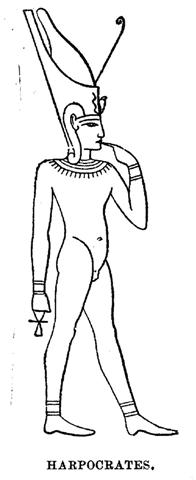
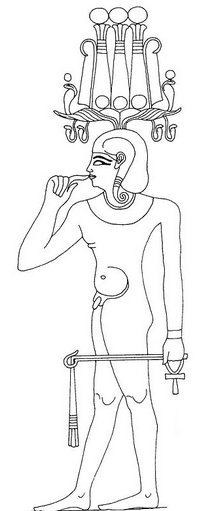
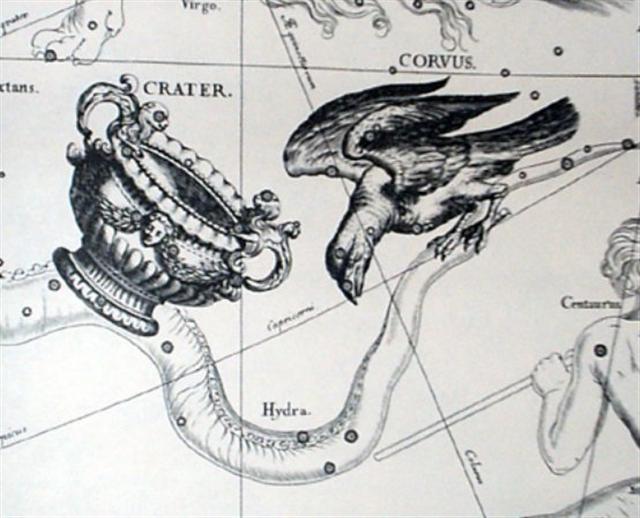




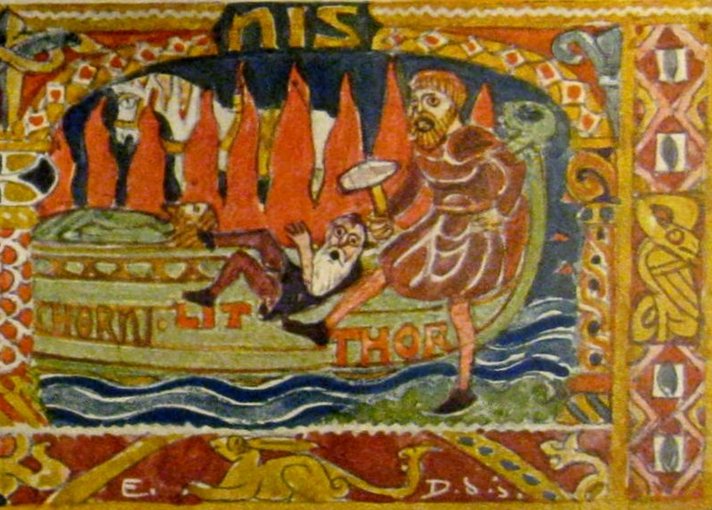






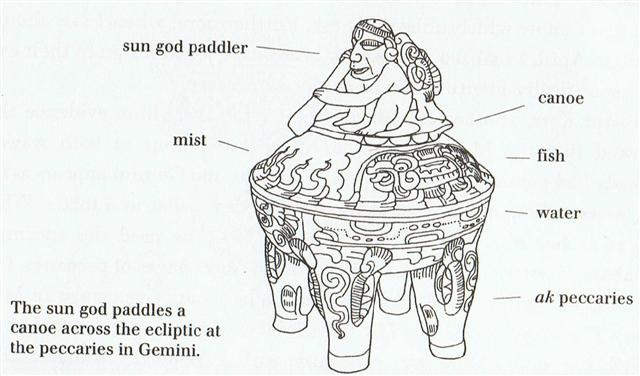

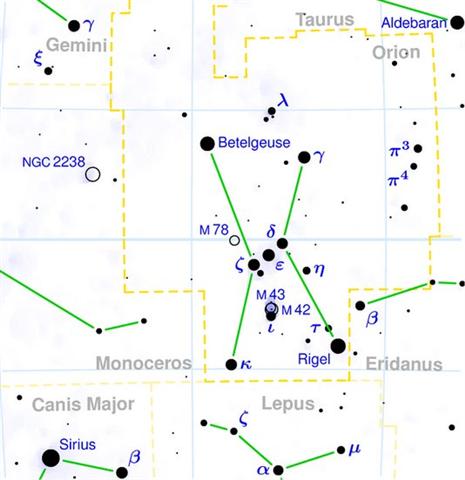
.jpg)